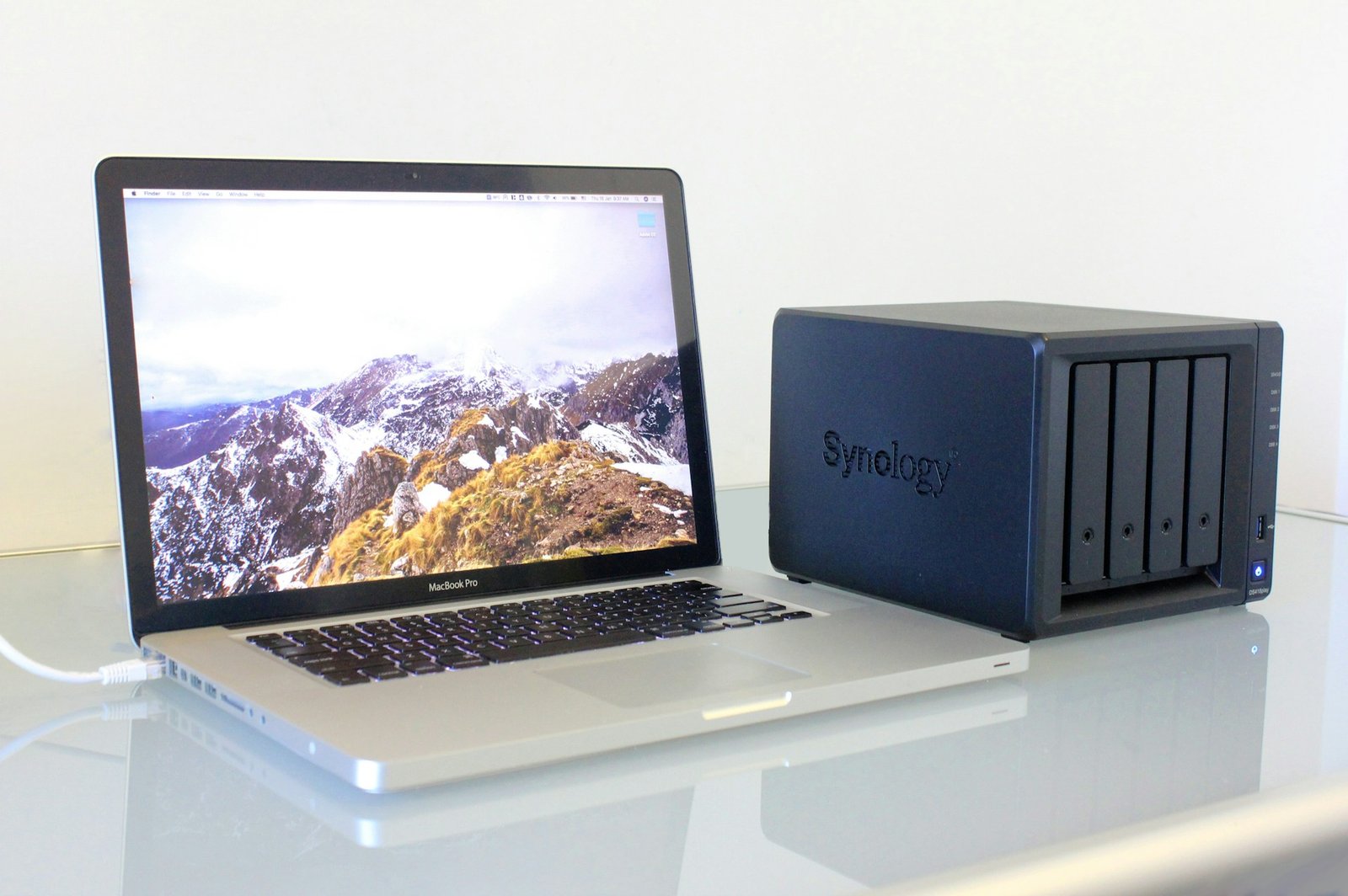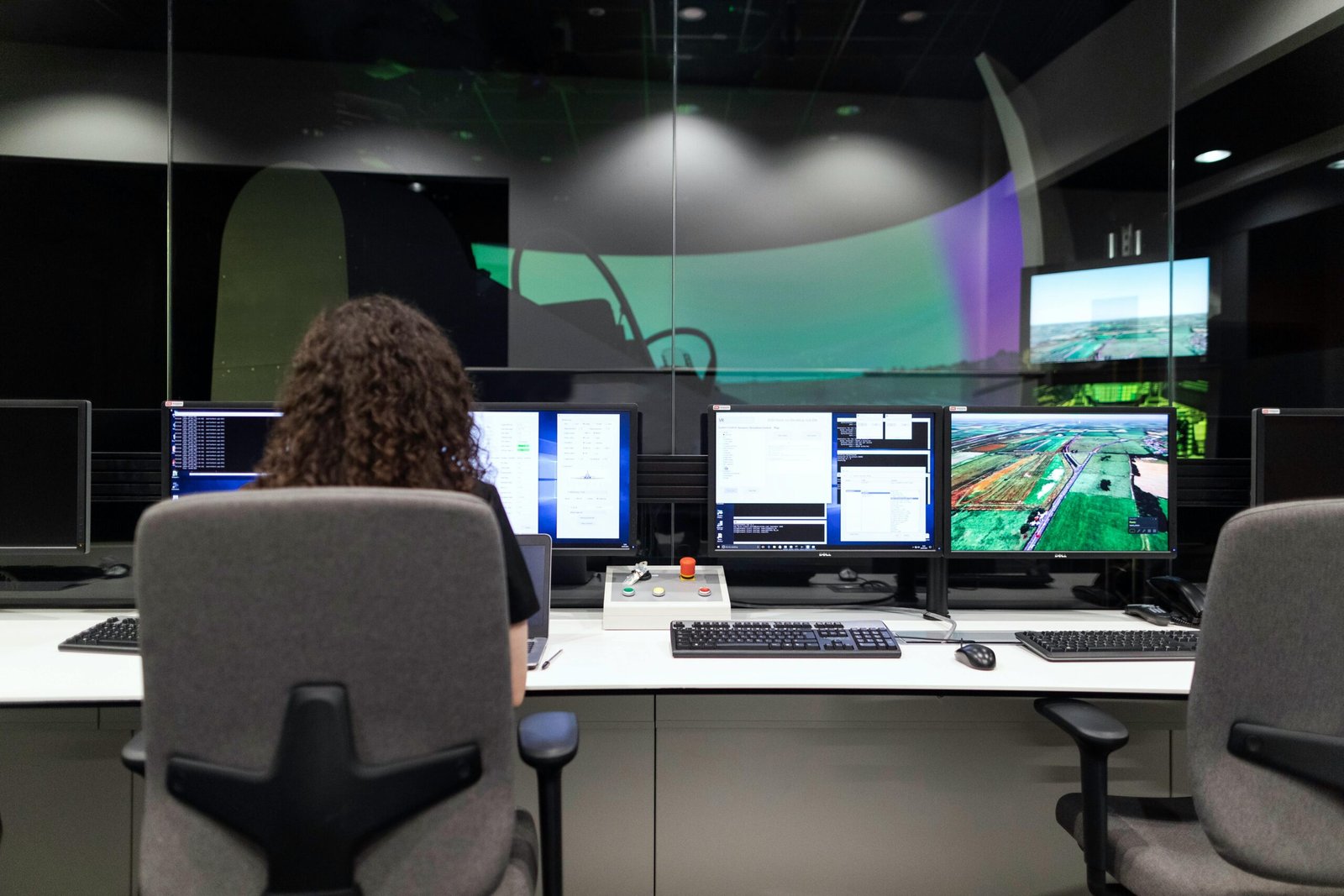There are many reasons nowadays to consider getting rid of cloud storage completely. In one recent example, Google Cloud wiped out a customer account and its backups. At stake were millions of Australians’ pension funds, and the affected party was UniSuper, a $135 billion pension account.
Without getting into technical details, when the news hit it turned out it was a misconfiguration or human error that resulted in a complete deletion of the data from the given account after 365 days. Kudos to UniSuper because they had a back-up to a backup. Nothing speaks more clearly to the immense value of an extra backup than facing with data loss.
Reasons to get out of cloud, completely:
Recurrent payments
It’s nothing new to find out that the subscription model is one of the most profitable models out there. And it’s a great alternative (for the companies) to the one-time buy. Recurrent payments will add up over time, and we end up renting a product and eventually exceeding the amount of money that would have been paid more or less upfront by taking matters into our own hands.
It seems cheap at 3-4-5$ for a couple of cloud services. One for the smartphone, and maybe one for a camera, or photography subscription. But even the cheapest ones can still add up over time.
For example, a basic Google Cloud subscription starts at just over $2, but who wants just 100GB? You’ll eventually end up buying the $10 a month for a 2TB sized cloud.
Easy to get in, hard to get out
Just like any profitable subscription model, after luring you in with a 3-month free opportunity, they will try to make it as hard as possible to get out of the platform over time.
I remember a lot of cloud providers, including action camera ones (GoPro), not to mention smartphone companies, doing this successfully. They offer a great bargain to sign up, and one year later, if you want to renew, you find out, “Hmm, maybe I don’t want to use it anymore.” Too bad, because now you have a hard time downloading your data in high resolution.
Maybe they’ve changed their ways, but with GoPro, it took me more than a few days to just manually download each item at full resolution because bulk download existed only for lower resolution. Similar approaches are taken more often than not.
Data privacy and security
…are never guaranteed. Even if they guarantee it on paper, you just have to search on Google, or have a look here and read between the lines: Over the past few years, it was recorded that 45% of breaches are cloud-based.
What holding us back to move from cloud to self-hosting?
So at least lately, when even large companies are trying to get rid of the cloud subscription model for their website, infrastructure, and general hosting, there is no need to continue debating because, in the end, it’s a personal decision nevertheless.
Overall, the transition from cloud to self-hosted content may come with challenges along the way:
It can be seen as for tech-savvy only
I’m here not to gatekeep it, but I will not downplay the complexity of setting up your backup or primary storage.
But I can honestly say it’s as hard or as complex as setting up your home computer. Because in a way, it’s more or less a simple computer server. And in this way, it can be easy because you can just buy already-made network-attached storage appliances, such as a NAS Synology, or you can completely go on your ‘do it yourself‘ route, or something in between (repurposing an old computer for self-hosting).
Reading, deciding, exploring alternatives
This is a daunting task and makes people just want to continue paying a subscription and leave all the data handling to a 3rd party. And that’s also okay.
Fortunately, there are a lot of resources online, and if they are overwhelming, we will also post a series of articles regarding backup and storage.
The initial budget is higher and may be a deal-breaker
Self-hosting your photos, videos, or just regular data, in general, can range from cheap to very expensive. It can be cheap if you repurpose old parts from a computer and you just have to buy some HDDs or SSDs, but it also requires more technical knowledge to set up the environment to basically act like the cloud environment. Ensuring access, security, and backup.
The cost comes much higher when choosing an already made network-attached storage, but honestly, we recommend this to the tech-savvy ones as well. We are not sponsored, but when recommending software, we will usually recommend the Synology ones, because even if the hardware can be close between competitors, more or less the same specifications, RAM, hardware providers, in terms of software, they are the best.
From user interface, ease of use and setup of your own Drive application, ease of integration with a mobile app, they are all-around best and the ones we use.
Overall, the cost can be high, especially when going for a consumer application. Because you do not buy only the device, you need a couple of hard drives and ideally a UPS (uninterruptible power supply) to ensure proper shutdown or handling when unfortunate things happen.
It needs space and will consume some electricity
This goes without saying, so space and even noise can be a problem. But this depends on the type of self-hosting. Is it used as a backup, so mainly you still use cloud for storing, but only want a backup that doesn’t stay online all the time? Then, even if noisy, it won’t necessarily be a problem.
But if it’s designed to become a main Drive alternative or Photos alternative that needs access, then this needs to be considered, along with setting up failure protocols for when internet or even electricity is troublesome.
So there are countless reasons to be scared, but depending on how you see things, there are many to be excited about, and if you do continue this path, we will have you covered with tutorials.
But overall, self-hosted does mean replicating the cloud service in your home, and this sounds exciting, but it also sounds terrifying because you will have to take care of:
- Setting up the device
- Maintenance
- Handling no-internet or power outages
- Keeping in mind cybersecurity aspects
With that in mind, our last contender that keeps us from switching is:
Data privacy and security needs to be handled by yourself
This, as with everything presented, can be an easy solution that usually costs more money, or a do-it-yourself route that costs your time, and somewhere in between.
For any case, we do have some pointers:
- Upgrading / updating router software and enabling its antivirus and firewall. This should count as a no-brainer, and in general, it’s best to keep your router up to date, and possibly upgrade from time to time. Because usually, people are more concerned with safeguarding devices (computer, laptops, other internet devices), but the router should be the most guarded thing. If a router is infected, the home is infected.
- Do not expose your NAS directly to the internet. This is usually the easiest solution for users, but more often than not, the easiest way can be the one that costs in terms of cybersecurity. This effectively makes it a vulnerable target and will easily become another thing that hackers can directly attack. So while exposing the NAS directly to the internet is easier, the most secure option is to expose it through a VPN (virtual private network) through your router. There are many ways to do this, and we will cover a Synology example with ASUS routers and custom ones, but the idea is: in order to connect to your NAS from remote areas or phone, you can create an encrypted VPN connection to your router, and connect to it through that VPN, basically the same way you would connect locally.
- Treat it like a computer, keep it up to date, scan if possible periodically, and avoid as much as possible installing software from 3rd party websites.
Conclusion
Overall, my personal impulse was to take matters into my own hands. I could’ve continually paid almost $20 per month for various cloud spaces, but the decision to invest in a new router, a NAS Synology with several 20TB hard drives, and a few more external hard drives that act as backup, were less costly in the long run.
I will expand further on the setup, but so far I am entering year 3 for this setup and am one year away from breaking even.








Comments are closed.